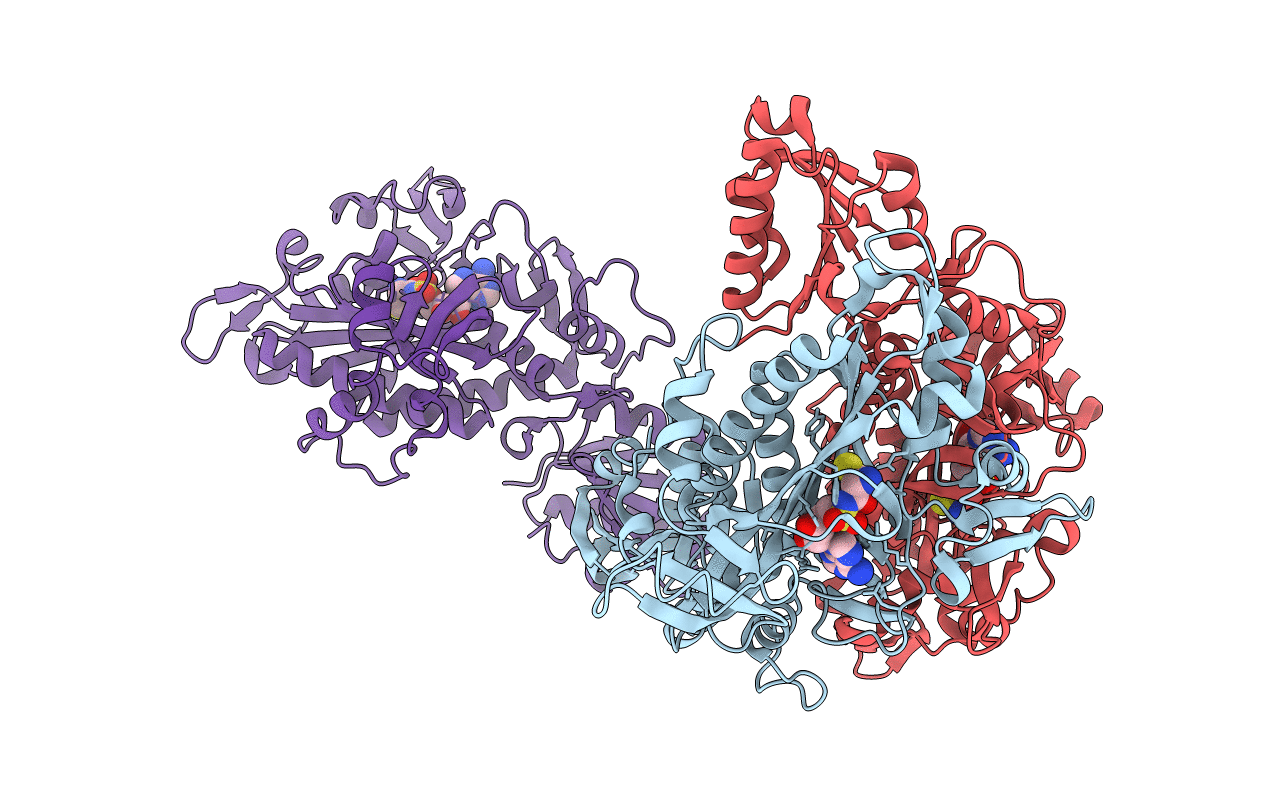
Deposition Date
2006-08-22
Release Date
2006-10-24
Last Version Date
2024-02-21
Entry Detail
PDB ID:
2I4N
Keywords:
Title:
Rhodopseudomonas palustris prolyl-tRNA synthetase in complex with CysAMS
Biological Source:
Source Organism:
Rhodopseudomonas palustris (Taxon ID: 1076)
Host Organism:
Method Details:
Experimental Method:
Resolution:
2.85 Å
R-Value Free:
0.27
R-Value Work:
0.21
R-Value Observed:
0.21
Space Group:
C 1 2 1


